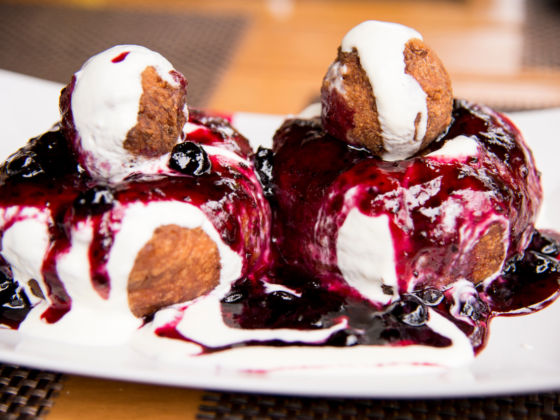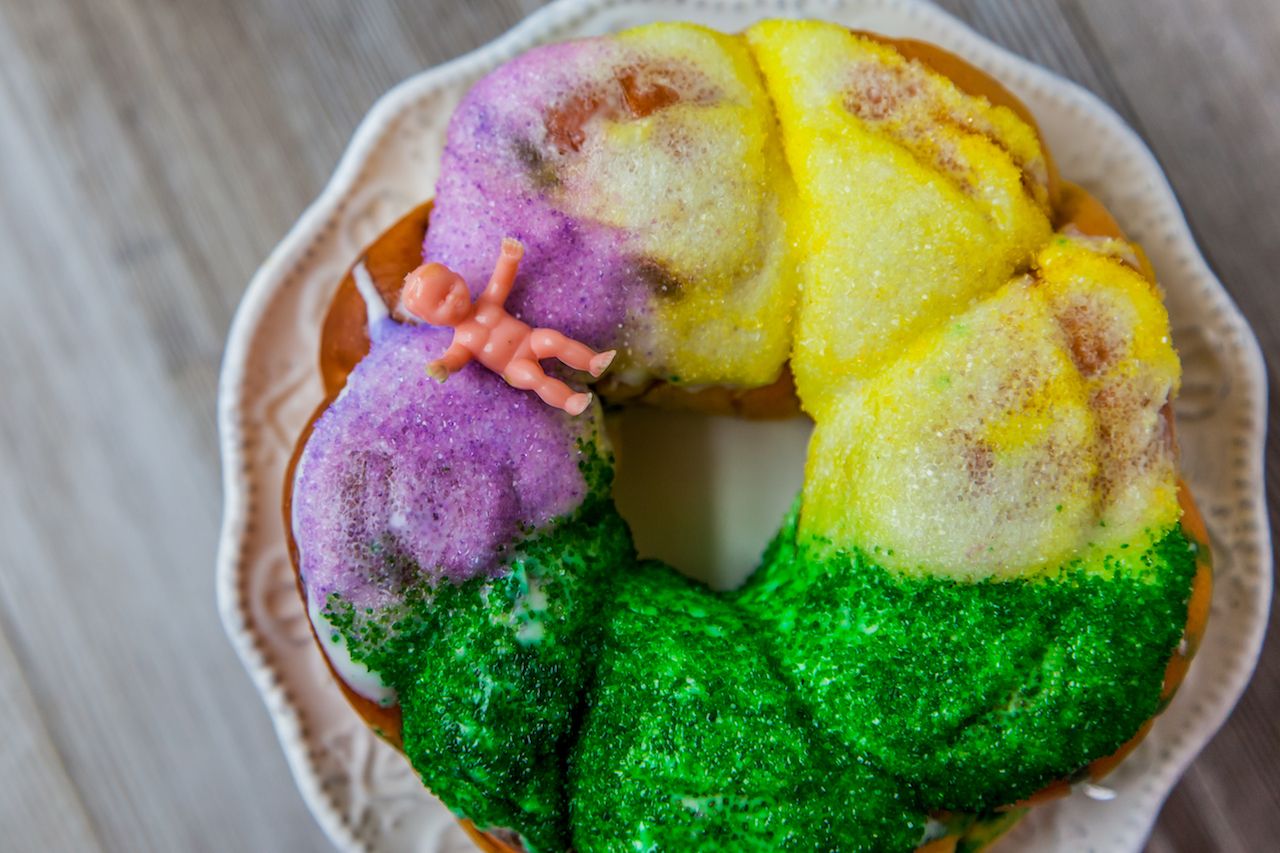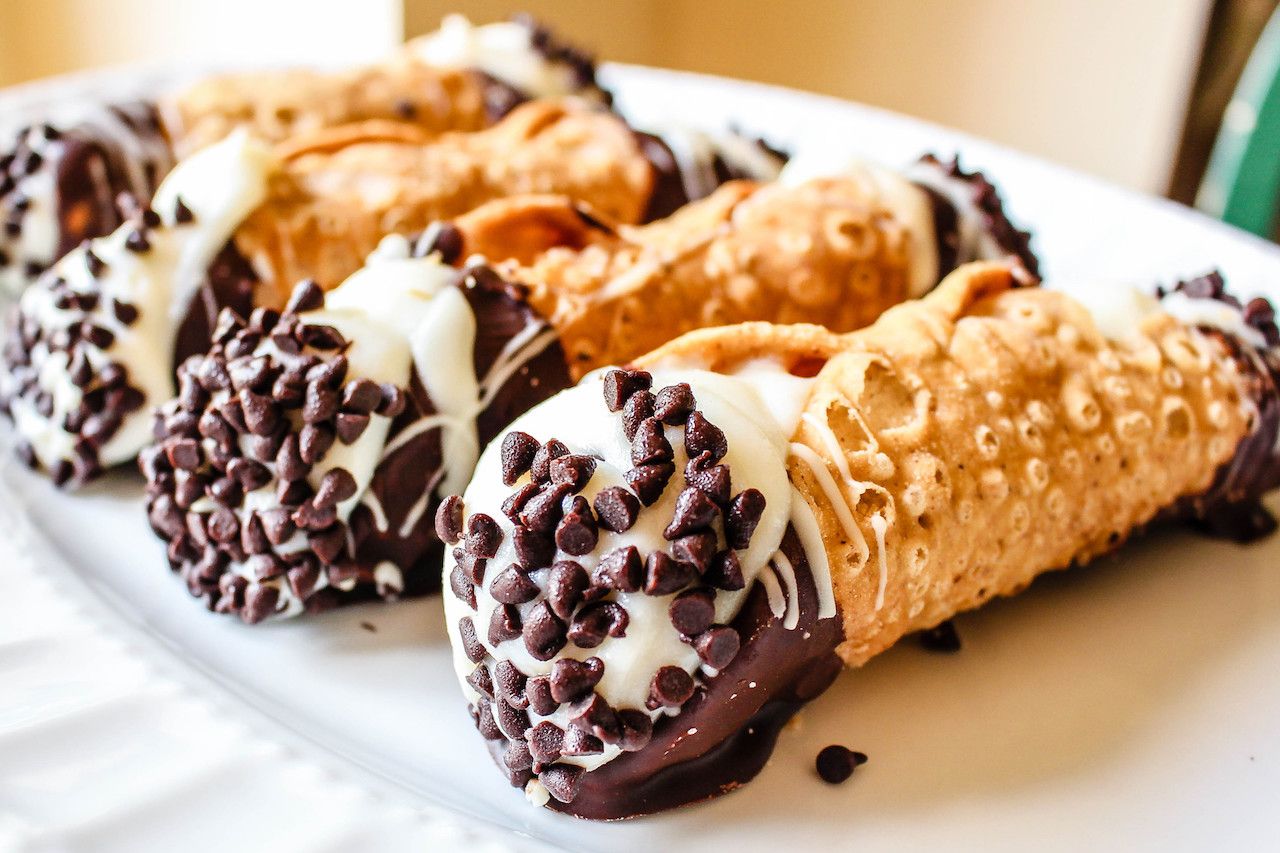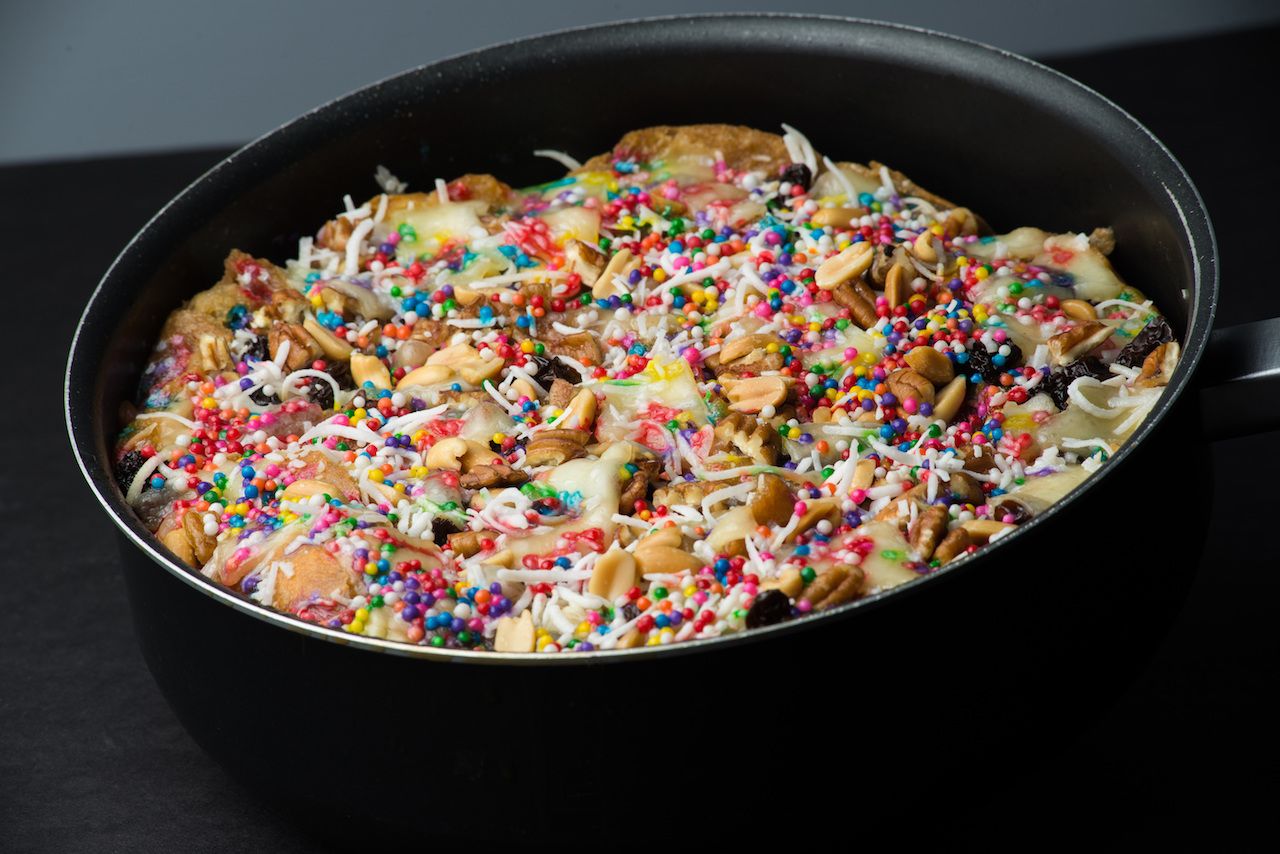Mardi Gras, Carnaval, Fat Tuesday — whatever you call it, the day before Ash Wednesday and the start of Lent is a time of eating and drinking in excess. Religious or not, people who attend Mardi Gras parties see levels of consumption matched only by holidays like Thanksgiving, only a much, much rowdier Thanksgiving.
Mardi Gras is French for Fat Tuesday (the 47th day before Easter), but the total season is longer than just one day. The season technically starts on January 6, the Christian holiday of Epiphany that’s also known as Three Kings Day or the Twelfth Day of Christmas. A wider term, Carnaval (or Carnival, depending on the country), is used in Brazil, Italy, and countries around the world to reference the entirety of the time between January 6 and whichever day Mardi Gras lands on. Carnaval is loosely translated to “farewell to meat,” a reference to the food traditions that the holiday started on.






